|
This article is a facsimile of an earlier version published on The Basketball Writers (TBW), which recently closed its doors. When you're a sophomore, people automatically label you as being older than most freshmen. Alabama Crimson Tide point guard Kira Lewis Jr. didn't turn 19 until April 9th, after the conclusion of his sophomore season.
Lewis is that young, as young as most freshmen in this draft class, and boasts two seasons of college success to his name. Lewis left high school a year early so he could begin his pursuit of a basketball career and signed on under former NBA point guard and head coach Avery Johnson at Alabama. The 17-year-old Lewis started in the SEC and showed flashes of potential, but as his team struggled, he was barely a high-level prospect on NBA radars. A coaching change and shift in style of play—catered around Lewis' blazing speed—brought out the best in the sophomore. Alabama didn't win many more games in Lewis' second season, but they whizzed their way to the second-fastest offense in the nation. Now Lewis hopes that scouts will see not just his blazing speed but a solid polish, nuance and well-rounded offensive game. Lewis checks all the boxes for me: he's a great transition player, a three-level scorer in the half-court (potentially) and an adequate defender. labels can be damaging, and I've often compared Lewis' trajectory with Cole Anthony in the public perception. Anthony, a transcendent scorer out of high school, seems to get the benefit of the doubt on draft boards despite a difficult season at North Carolina. Why? Some of that is due to the perception he's younger as a freshman, but Anthony is a whole year older than Lewis. That thirteen-month age difference isn't meant to drag down Cole, but to prop up Kira. To do what he's done in the SEC, at such a young age, over the course of two seasons and under two coaches, is pretty special.
0 Comments
This article is a facsimile of an earlier version published on The Basketball Writers (TBW), which has recently closed its doors In a 2020 draft class that's weak on wings, the guard position fills the void with plenty of names worth knowing.
You can find all different types: Those who shoot, are defense-first, are pure passers and those who are supreme athletes. Position and taste will dictate who goes where, not necessarily a clear hierarchy of consensus. No one or two stand head-and-shoulders above the rest, but there are enough good players that at least one of them figures to be a gem. Last week, Tyrese Maxey stepped into the point guard spotlight with his non-shooting, defense-first style. While I'm not overly high on Maxey, that reason boils down to my strong preference for shooters at the point of attack. This week, we'll focus on the roller coaster season that haunted Cole Anthony at North Carolina, trying to sift through his numbers, the spacing he operated in and figuring out if a deflection of blame is the right course to accurately analyzing his outlook. This article is a facsimile of an earlier version published on The Basketball Writers (TBW), which recently closed its doors. 6'9" and 220 pounds with jump-out-of-the-gym athleticism. 39 percent 3-point shooting, 1.06 points per possession on post-ups and 4.4 ppg in transition.
The anchor of the nation's most efficient offense and a National Player of the Year candidate for a team that went 29-2. Obi Toppin checks a lot of boxes. He's a prototypical inside-outside scorer with polished footwork, a reliable jumper and above-the-rim thunder slams. The success he achieved being the high-volume anchor of the nation's highest efficiency offense is not often seen. A season ago, that was Rui Hachimura at Gonzaga. Two years ago, the balanced attack of Villanova ruled the national landscape. In 2017, Lonzo Ball's UCLA Bruins took the cake. There's precedent for these guys succeeding at the next level and proving themselves worthy of a top-ten selection. The similarity of Dayton's attack (formulated by head coach Anthony Grant, a former assistant under Billy Donovan for the Oklahoma City Thunder) to an NBA offense makes Toppin's strengths translatable. The insane open floor dunks and ability to play in transition always migrate over, especially for someone his size. Still, there's something off with Toppin's athleticism. For all he does on offense, he's bad on defense. I mean really bad. Someone who possesses vertical athleticism and great offensive footwork like Toppin rarely struggles in the way he does moving his feet laterally on defense. He's got the tools to be a foundational offensive piece, even if he was a late bloomer in college. But there's a ton of work to be done with him on defense, so much so that it could talk a few teams out of taking him with a top-five pick. This article is a facsimile of an earlier version published on The Basketball Writers (TBW), which recently closed its doors. From a managerial perspective, a weak draft class means it's likely the perfect time to swing for the fences. If the likelihood of hitting is lower, why not swing harder to see if you knock something out of the park?
If that's a common perception shared around the league, teams will begin to covet the ball of clay that is Precious Achiuwa. Playing for Penny Hardaway and the Memphis Tigers, Achiuwa was thrust into a different role than he signed up for after fellow 2020 first-round prospect James Wiseman dropped out of school amidst an NCAA eligibility scandal (which, by the way, was no fault of Wiseman's). A lanky 6'9" forward, Achiuwa slid from the full-time 4 to playing the 5 in some stretches. He moved from versatile forward to anchor and was the Tigers' linchpin in their switching defense with his overall versatility. Despite losing perhaps the top talent in all of college basketball, Memphis finished the season with the nation's most efficient half-court defense. Ahead of traditional powers or elite teams, the Tigers were incredibly stingy. Achiuwa was the do-it-all piece within their system that guided Memphis to that status, plus a 20-win season while salvaging what could have been a disastrous campaign without Wiseman. Achiuwa is an unbelievable athlete and a hell of a defensive prospect. He can protect the rim, perhaps guard 1 thru 5 and has an over seven-foot wingspan. But holy cow, this guy's offensive game is raw. This article is a facsimile of an earlier version published on The Basketball Writers (TBW), which recently closed its doors.
This article is a facsimile of an earlier version published to The Basketball Writers (TBW), which recently closed its doors. In baseball, the term "five-tool player" gets thrown around to describe those who can hit, hit for power, run the bases, field well and throw well. In essence, they possess all the tools to be effective in every facet of the game.
In basketball, I've been developing a similarly versatile nomenclature for those skill sets that all elite players are great at:
Auburn Tigers freshman Isaac Okoro has three, and maybe four of these tools. He's a very strong finisher at the basket (64.2 percent). He's an elite interior defender for his size and has shown some fantastic on-ball defense as well. There are flashes of him being a competent passer and playmaker, fusing self-awareness with vision. But man, Okoro really struggles to shoot. As a freshman at Auburn, he was 11-45 (24.4 percent) on catch-and-shoot opportunities in the half-court. He was 28.6 percent from 3-point range overall and a mundane 67.2 percent from the charity stripe. Of the aforementioned five tools, the one Okoro lacks could be most important to his success. A large part of the perimeter touch conversation revolves around where Okoro is slotted positionally. While I don't believe in the traditional positional labels, he'll nonetheless be a byproduct of the system he's placed in and the players he surrounds. As we go through his strengths and areas he needs to improve, we'll sift through Okoro's skills to see just where on offense he can be most successful, how that impacts his positional versatility and what that means for his draft stock. This article is a facsimile of an earlier version published at The Basketball Writers (TBW), which recently closed its doors. Oklahoma City Thunder head coach Billy Donovan presented at an online coaches clinic on April 1 about his offensive philosophy.
There he was asked this question by a viewer, "What is the most difficult transition for a player going from college to the NBA?" Donovan's answer was a brilliant way to frame the pre-draft process. He mentioned guys like Udonis Haslem and Nick Collison, brilliant low-post players in college who torched their opponents. Neither was able to continue utilizing that particular strength in the league at the highest level. But they survived and made themselves dependable career players because they were able to recognize their limits and reinvent themselves. Thus, there are essentially three types of guys:
Arizona guard Nico Mannion is a fairly polarizing prospect. Mock drafts have heralded him anywhere from a top-five pick to a late first-rounder. He continues to slide as his athleticism and lack of late-season production come into question, and it's possible he falls out of the first-round on many boards. Part of that polarity revolves around Mannion's ability to finish at the rim. He seemed to avoid layups early in the year, then either struggled to convert late-year when he forced more shots there or his team struggled down the stretch. In theory, he's an electric passer, a solid scorer and a deep-range 3-point shooter. But Mannion shot 32.7 percent from deep, failed to elevate his teammates or make the Arizona Wildcats a true top-ten team (which they were predicted to be). He also really wore down towards the end of the season and shot 23.9 percent from 3-point range in February. As Mannion's physicality and interior scoring presence come into question, I think Donovan's musings are an important way to frame the debate around him: Is he impactful enough at creating offense all-around that he'll play that role in the NBA? Is he versatile and adjustable enough to succeed even if he can't be a premium scorer at the rim? Or will his physical and interior limitations cause him to miss the mark? This article is a facsimile of an earlier version posted to The Basketball Writers (TBW), which recently closed its doors. This draft class is heavy on ball-dominant guards and bigs.
Naturally, lead guards will be compared with previous lead guards as teams go through their pre-draft process, and the bigs will be compared with bigs. Within the post players and rim protectors category, there are a few ways to look at them as prospects. From my vantage point, any big needs to be looked at through the lens of their defense. None of the players in this draft class are foundational back-to-the-basket scorers, nor is the game valuing such a skill anymore. So if we examine the defensive end, we're looking at how a big would fit into two categories of pick-and-roll defense that are commonplace in the NBA: switching and drop coverage. Switching, the preferred scheme of teams like the Golden State Warriors at their apex or Boston Celtics, seeks to negate advantages gained for the ball handler off the pick. To execute the scheme requires athleticism and the ability to defend quick ball handlers one-on-one. Drop coverage is more about defending the hoop and ceding the mid-range while preserving original matchups. Bigs who can't move their feet as well on guards but who are elite rim protectors and play angles well thrive in this coverage. By my count, there are only two prospects in this class with first-round talent that can fit into both categories. One is Onyeka Okongwu, the USC big man with solid athleticism and rim protection instincts. The other is Maryland's Jalen Smith. Smith is such an interesting prospect due to his versatility on both ends. Defensively, he's a long and fluid athlete who moves like a wing but possesses a 7'2" wingspan and blocks shots at the rim. On offense, he hit over 40 percent from 3-point range the final month of the season and is a ferocious dunker at the rim. He's a ball of clay but an incredibly intriguing one. He has legitimate upside to be highly impactful on both ends and, because of that, he possesses the ability to be one of the few 2020 prospects to outperform their draft slot. Hopefully after reading this article, there will be some merit to the notion that Smith is worth of a lottery selection, not just due to the boxes he checks as a modern big, but the overall skill upside his total package encompasses. This article is a facsimile of an earlier post on The Basketball Writers (TBW), which recently closed its doors. At this point, the consensus has been formed: This 2020 NBA Draft class may end up being historically weak. It's hard not to talk about this as a major storyline entering draft season, as the pessimism around truly elite prospects will color the entire process.
There's a certain ceiling that is understood to accompany NBA top-five picks, as they are meant to be foundational pieces of a team's offense and shoulder the late-game scoring load. Franchises want to stay at the bottom for as short a time as possible, so when they do bottom out and wind up with an incredibly valuable draft pick, they want guys who will serve as a franchise pillar if they reach their potential. The key to this is distinguishing between a high draft pick and a valuable pick—the two are not one and the same. During a draft with few high-end guys, a high pick does not equate value but rather an overpay for a risky acquisition or a non-foundational pillar on offense. At some point, those pillars will be off the board. What happens next? Does the team with the misfortune of being on the clock next gamble for that same pillar on a prospect with more question marks? Do they just go for a position of need? Or do they select a high-floor, low-ceiling pick who is pretty certain to not be a miss? Enter Florida State wing Devin Vassell, a 3-and-D wing who is such a strong defender (both on-ball and in helping situations) that he's almost impossible to miss on. At the very minimum, he'll be a player that can be counted on in late-game NBA situations. He's an effective 3-point shooter, has the prototypical body and length, and is a plus athlete. At the end of the day, Vassell is a role player. Cut from the same cloth of guys like Bruce Bowen, he won't likely be more than an auxiliary option on offense. Bowen never averaged more than nine points per game in his career. That's a tough pill for some general managers to swallow in a draft when the expectation is that they'll select a poster boy who puts butts in the seats while they ride his coattails for the rest of their tenure. These are abnormal times, however, and this is an atypical draft class. So is there any chance that a defensive stud like Vassell cracks the top-half of the lottery? |
AuthorAdam Spinella is a Division III basketball coach using what he's learned about scouting and skill development and applying it to the NBA Draft Archives
November 2020
Categories |
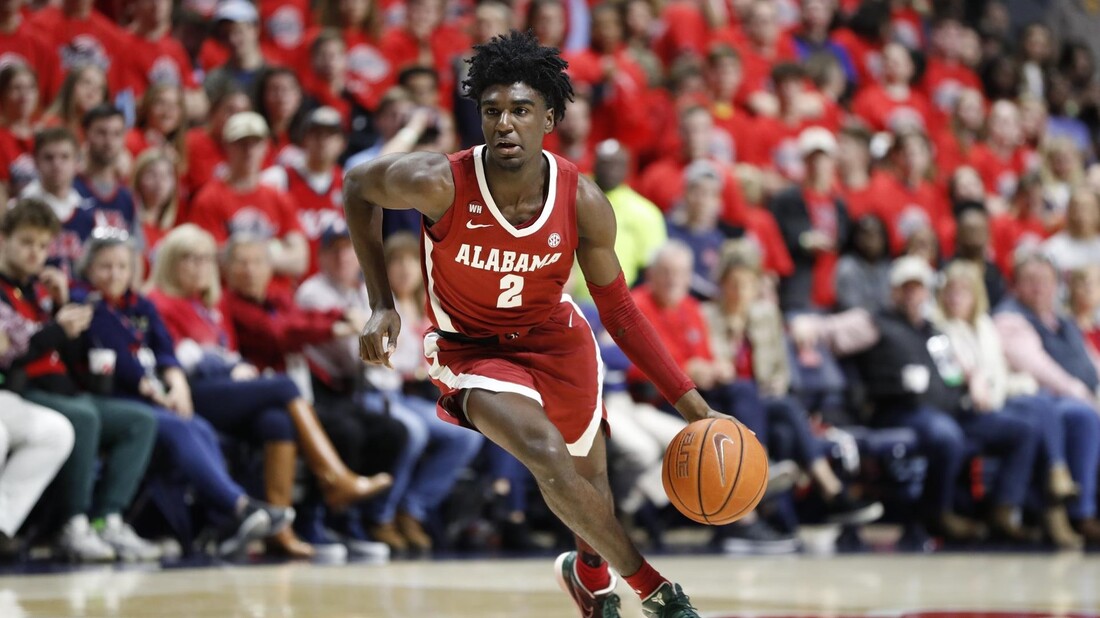
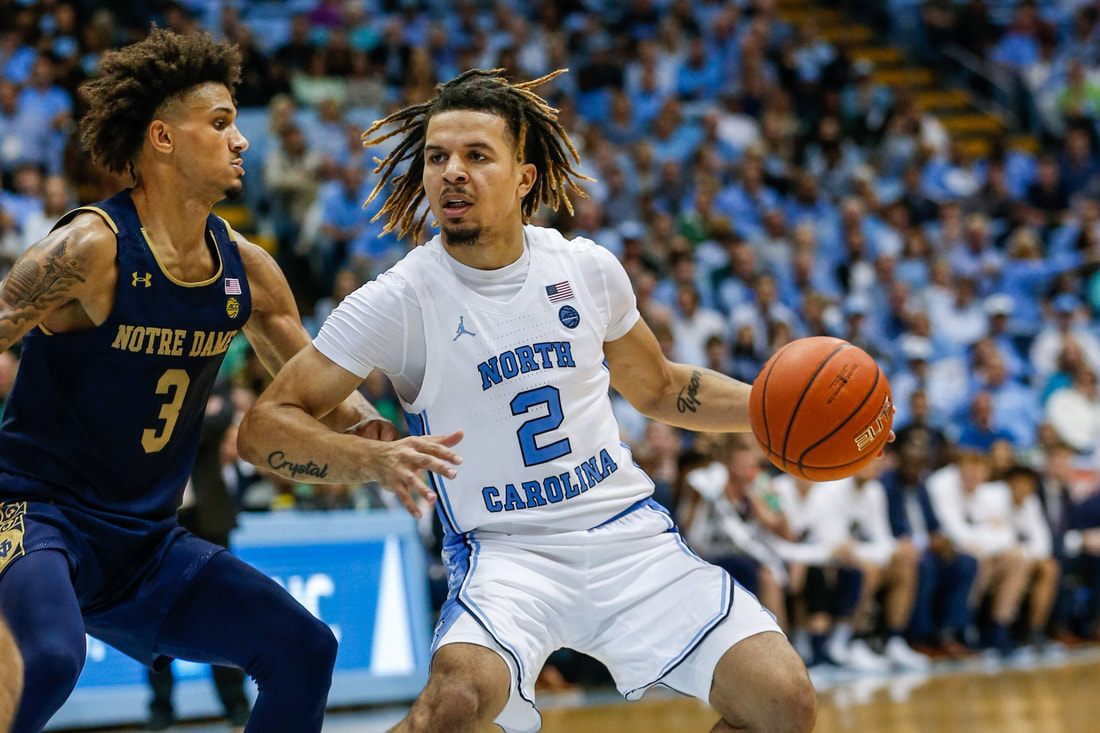
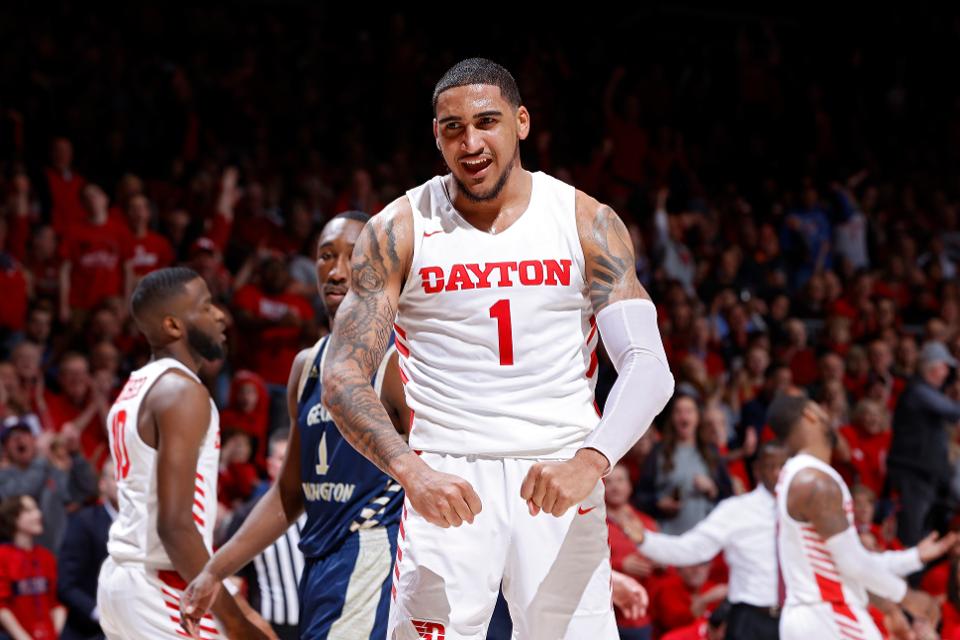

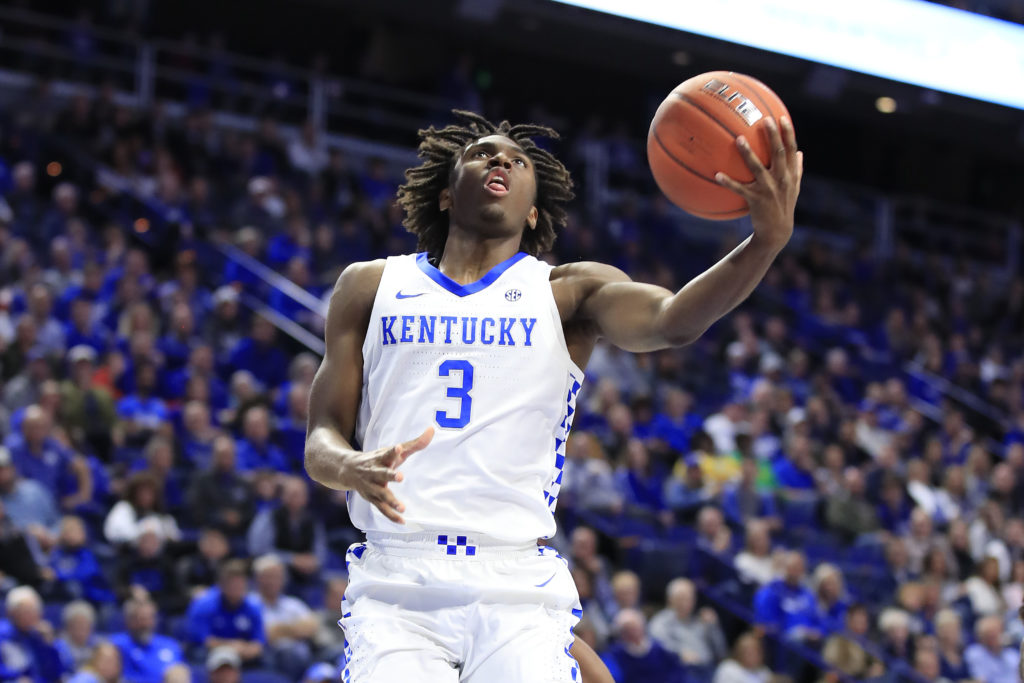
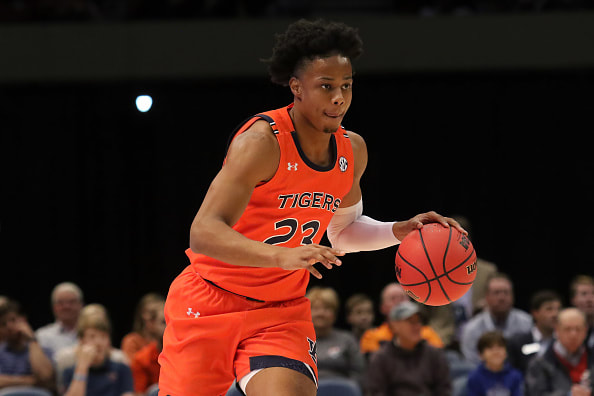
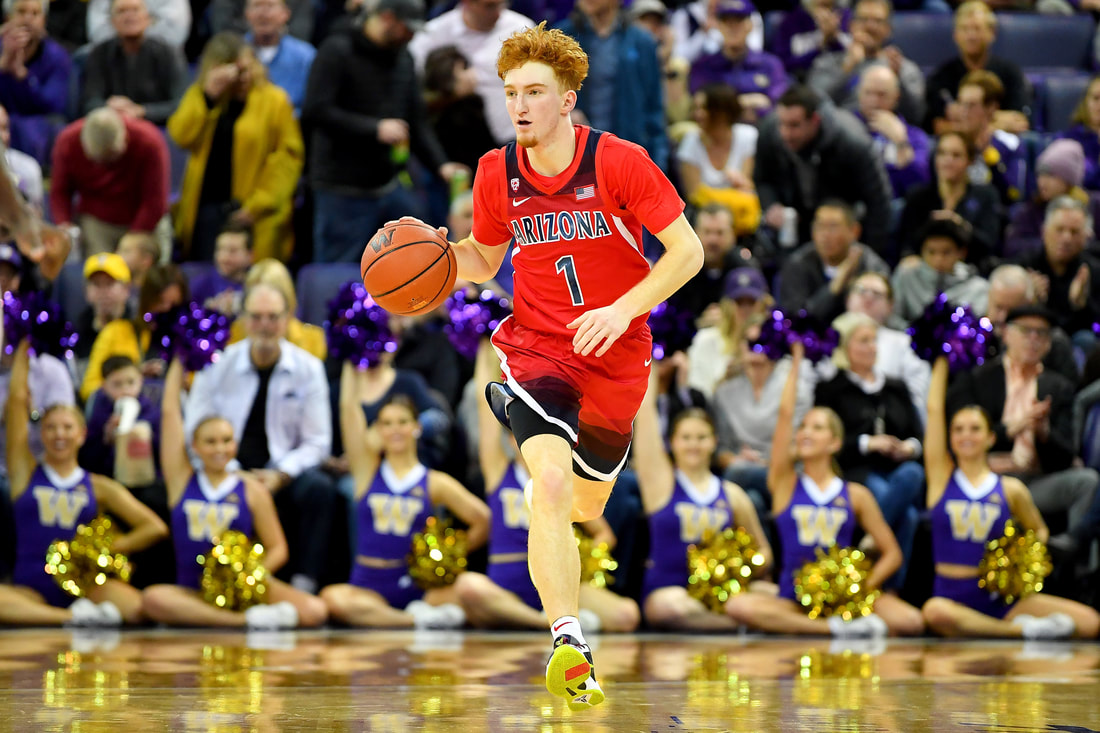
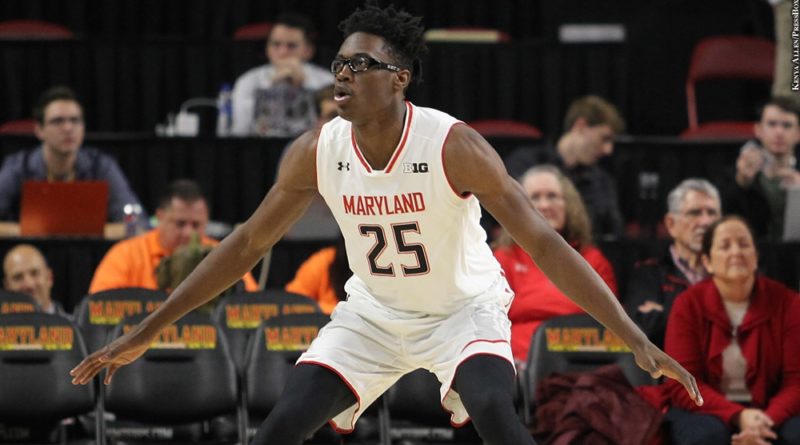
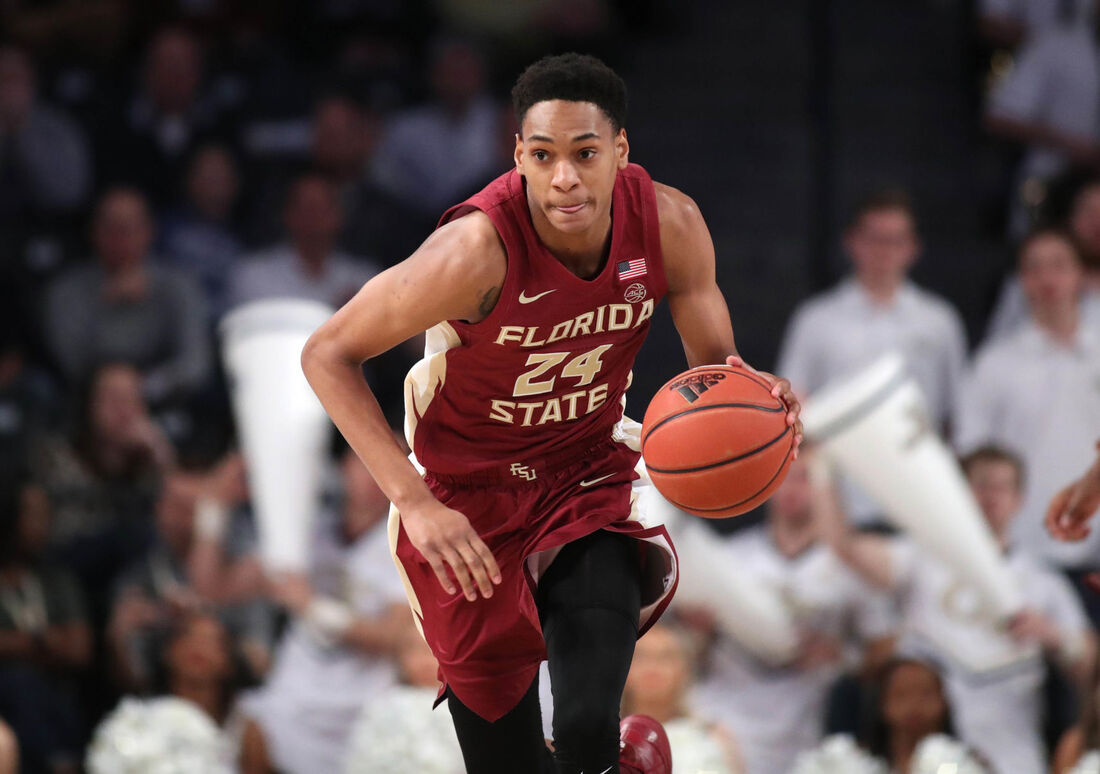
 RSS Feed
RSS Feed
